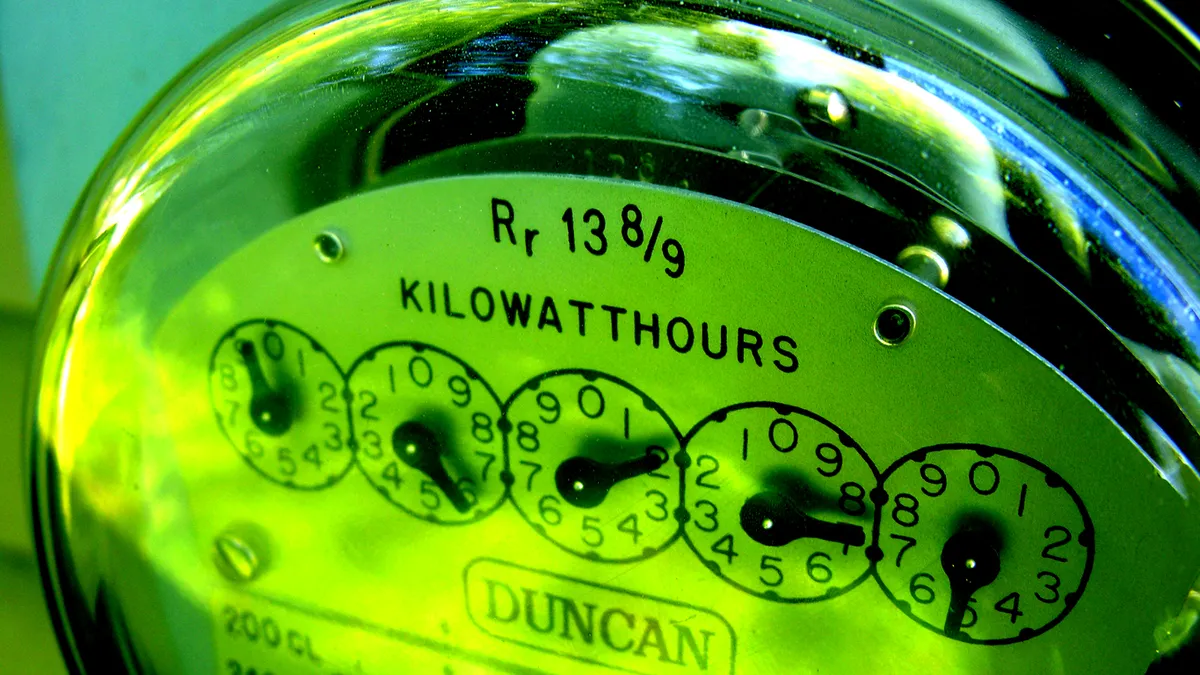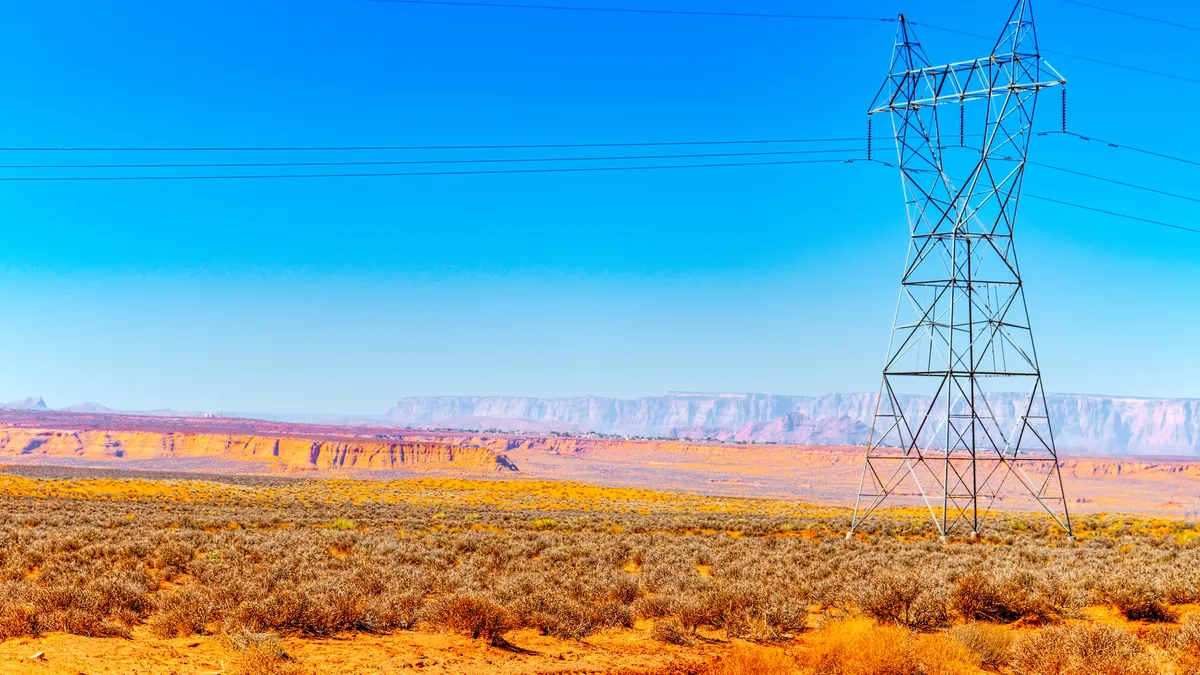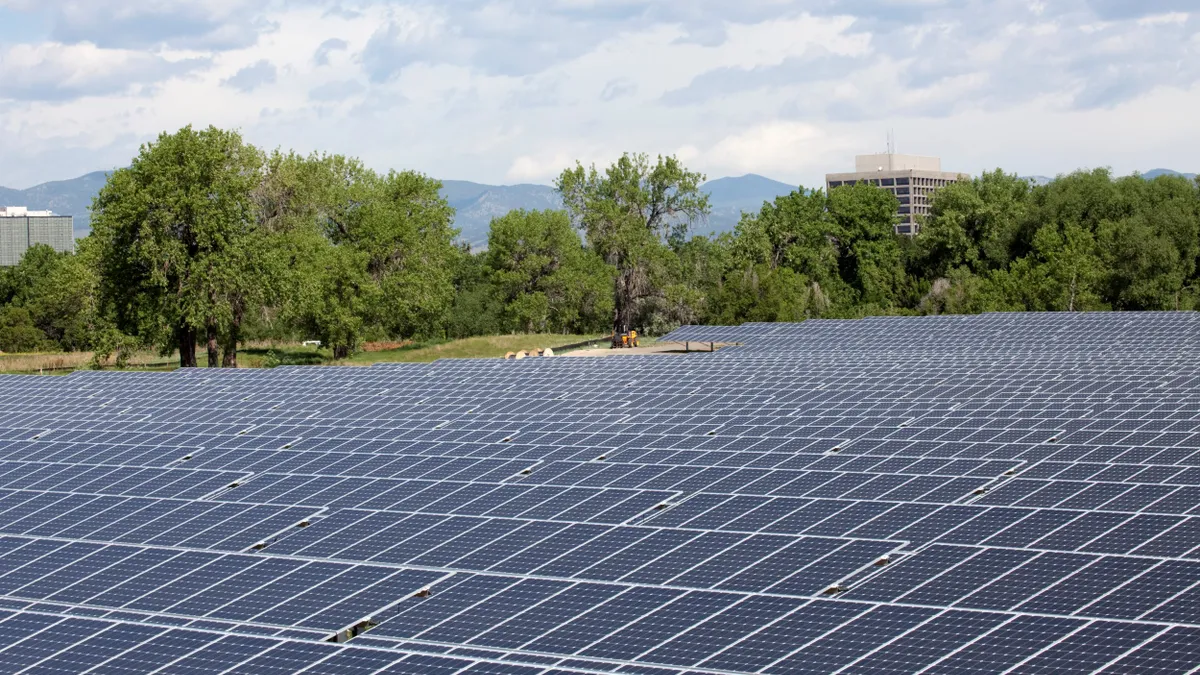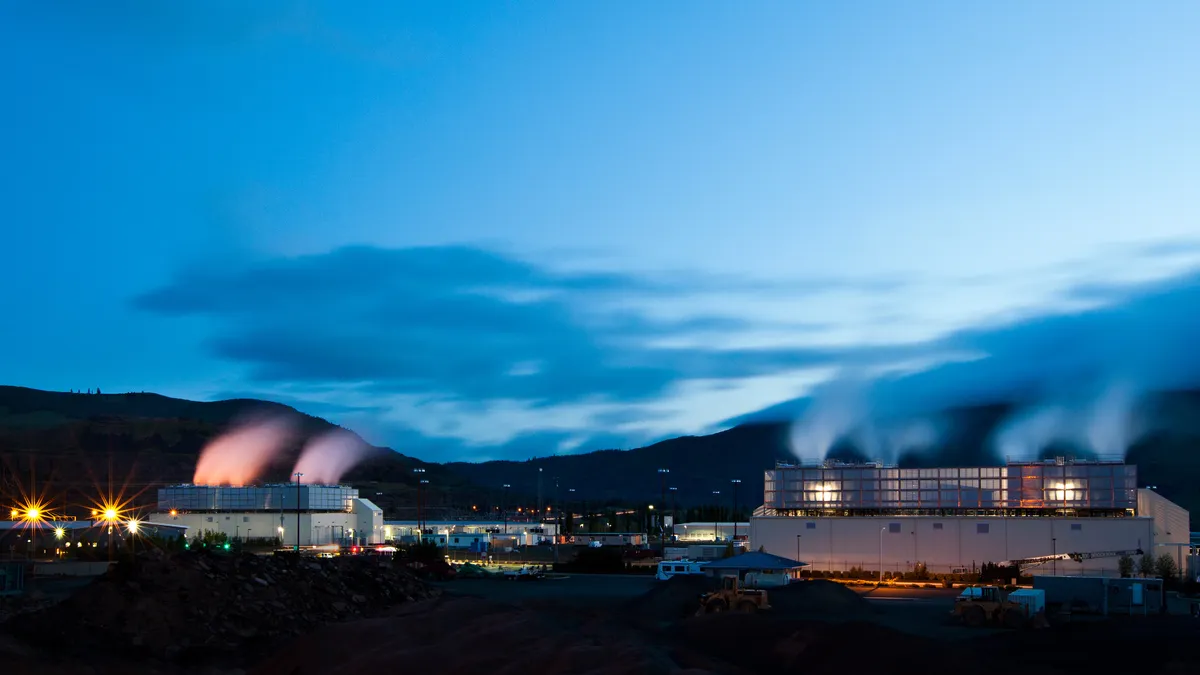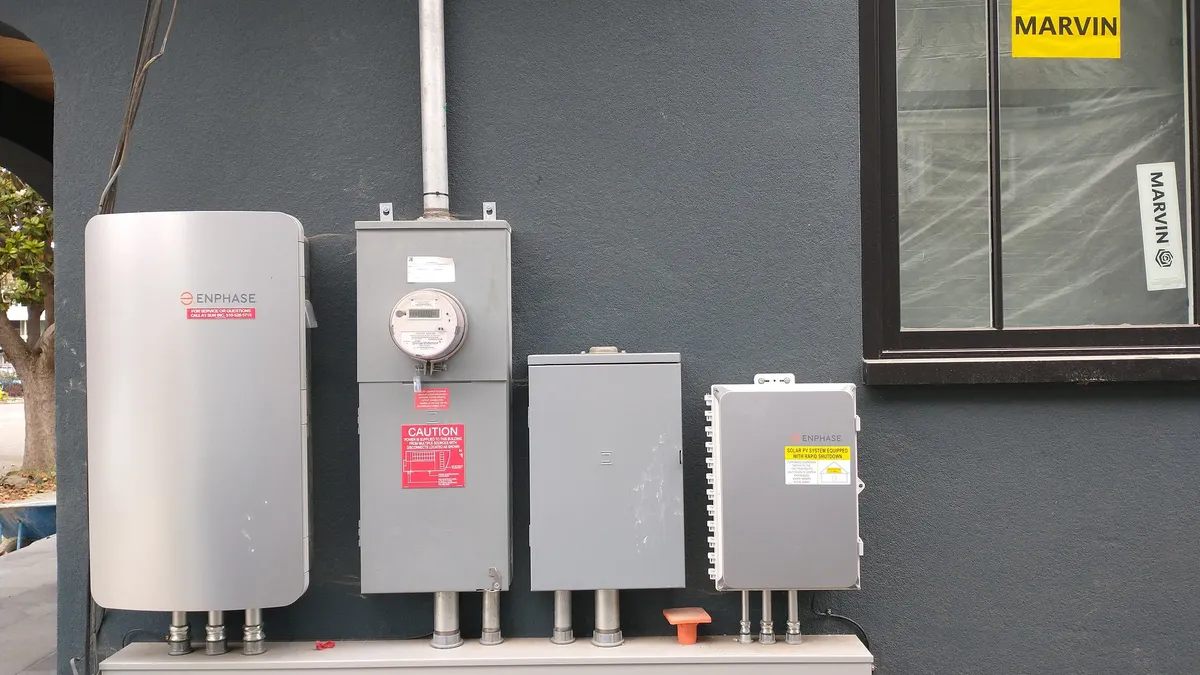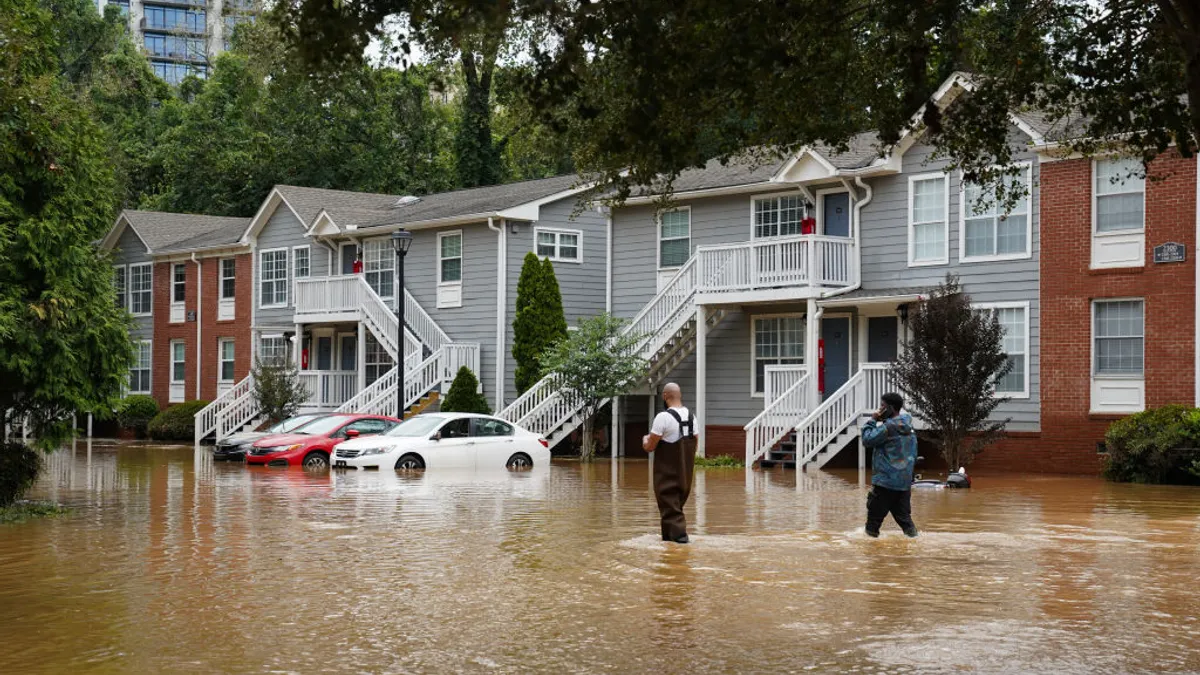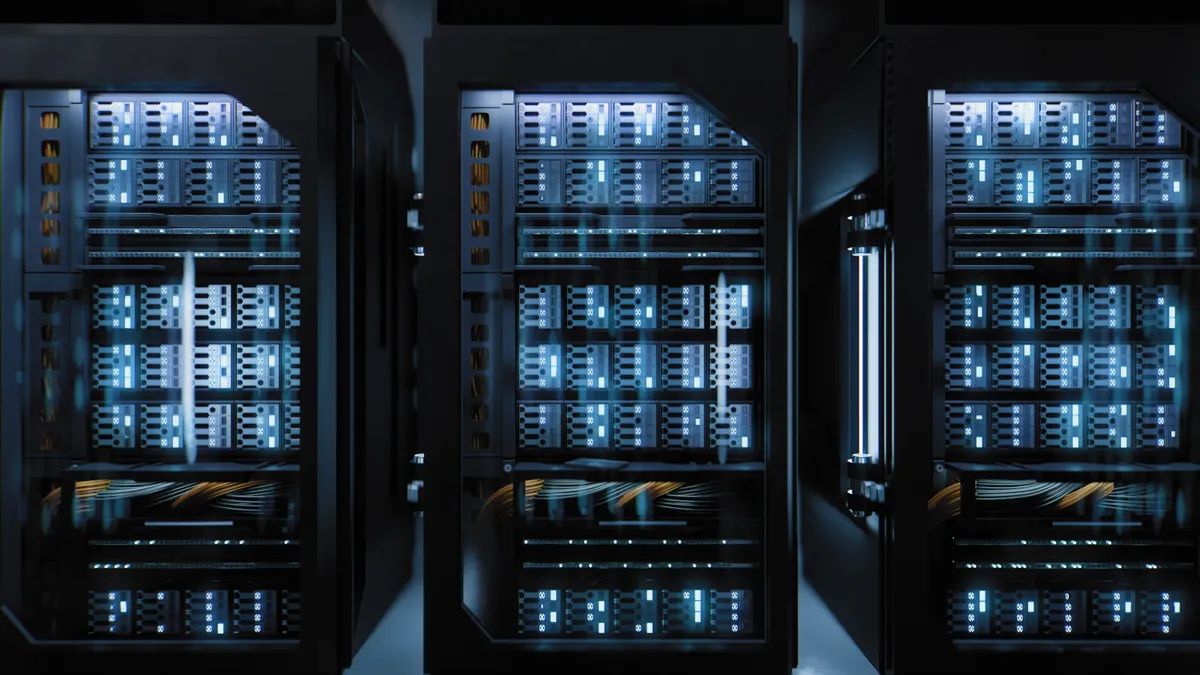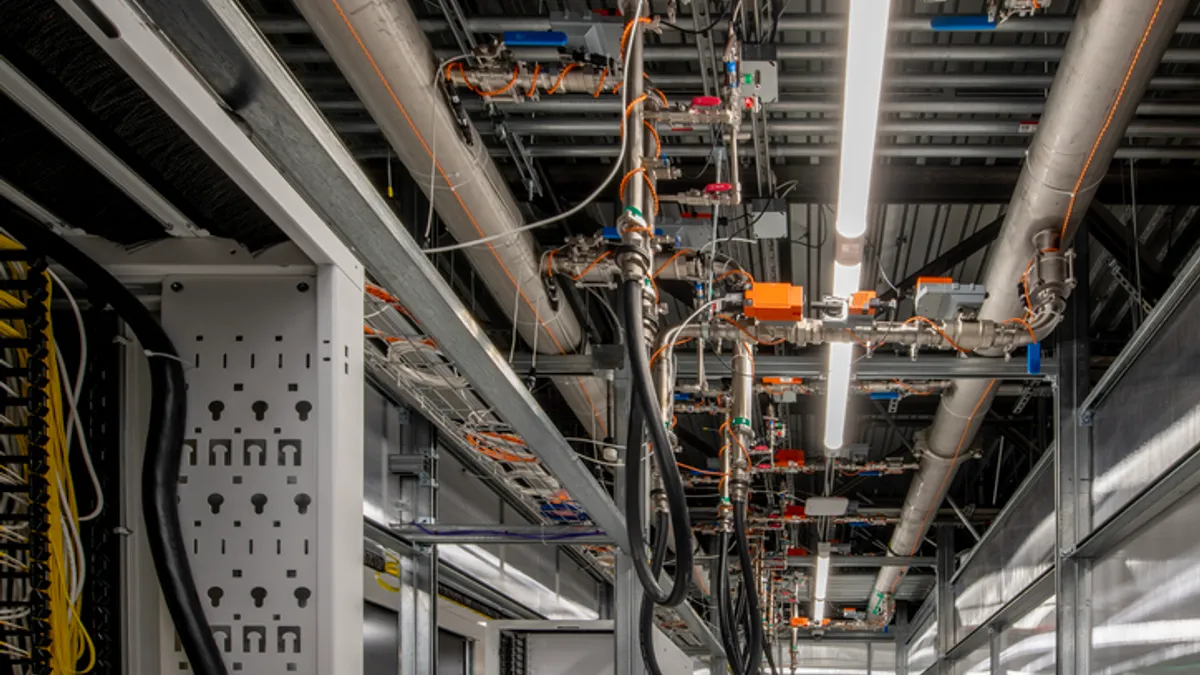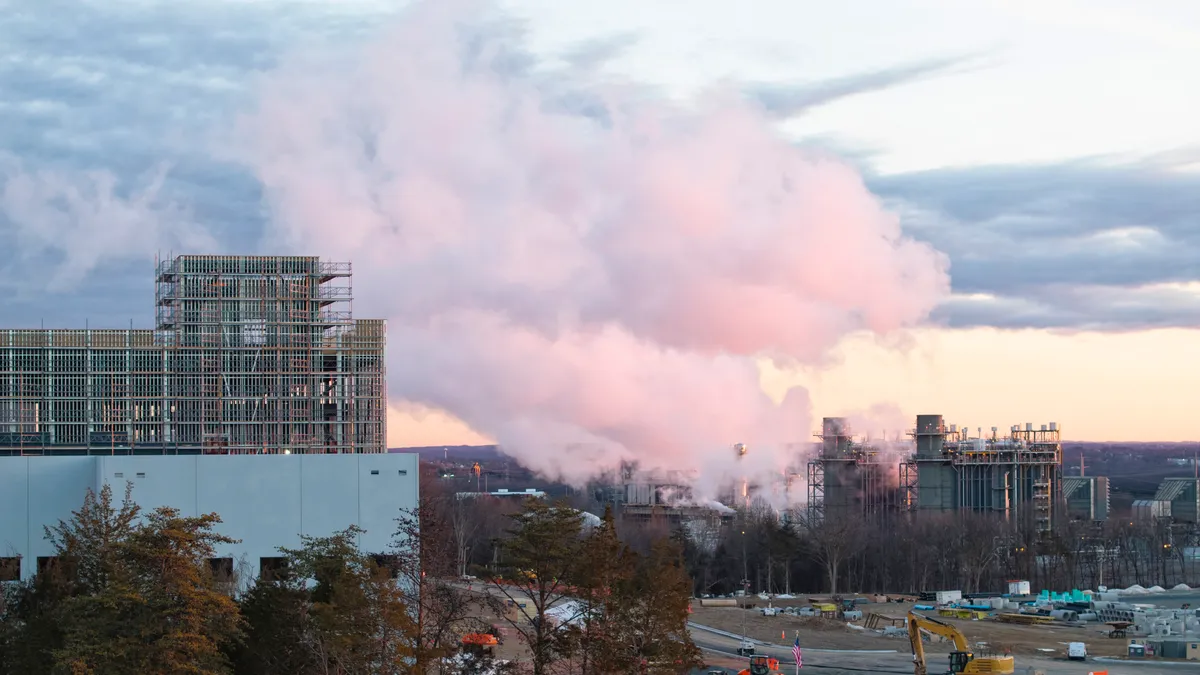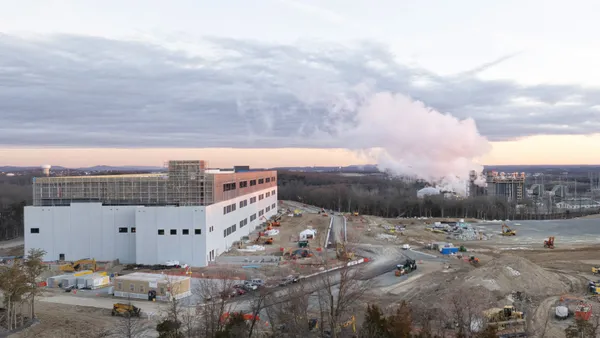Demand response and energy efficiency have long been considered two distinct and different resources. One shifts load; the other reduces it. One is seen as a cost-effective expense, and the other a market opportunity.
But increasingly, that dichotomy is merging. While efficiency and DR remain different resources, their implementations share enough similarities that utilities are missing out on cost savings by keeping them rigidly distinct. And for customers, both efficiency and demand response programs are bill control measures that take different paths to the same goal.
While the combination of demand response and energy efficiency is extremely nascent – perhaps just a handful of distinct programs around the country – it is a concept whose time has come, according to a new report from Navigant. The research group predicts integrated demandside management (IDSM) spending will rise from just $40 million this year to $1.2 billion in 2025.
Integrated efforts have been a topic in the industry for a decade, but efforts to bring energy efficiency and demand response together in utility programs “have been challenging,” according to Navigant,. “Today, though, key drivers that take technical, policy, and economic factors into account are pushing the market forward.”
Utilities have a general resistance to change, and DR and EE budgets are often siloed, making integration difficult. Energy audits, long a standard procedure in efficiency programs, have little history with demand response. And it can be difficult to coordinate efforts between different vendors, ensuring their incentives and cooperation are aligned.
But despite the challenges, both utility and state-managed demandside management spending is growing. States are ramping up funding levels, the report notes, and because of the potential savings and increased effectiveness of IDSM, Navigant expects the trend to continue.
“There will be a natural evolution, as utilities begin thinking about this in an integrated fashion,” said senior analyst Brett Feldman. “I don't think it will become the majority of their budgets, but it will grow as a percentage of budgets over time as these ideas spread.”
And as the ideas spread, they will be built into earlier program designs, helping to accelerate growth. “There just aren't many concrete examples right now,” Feldman said.
IDSM to address localized demand issues
Among those few integrated EE+DR programs is National Grid's efforts in Rhode Island. The utility has for years been attempting to stave off infrastructure investments in a community near the southeast coast.
National Grid serves about 5,200 customers in the towns of Little Compton and Tiverton, with most of summer peaking demand served through one of two feeders in the area. The utility has set a goal of reducing demand in the area by 1 MW, in an effort to push back a $2 million investment in a third feeder until 2018.
The program, called Demand Link, was begun in 2012 and so far has been successful in reducing need for additional infrastructure, said Senior Project Manager Lindsay Foley. "So far we haven't built it, and it was projected to be needed in 2014," she said.
"It's possible to use distributed resources, energy efficiency and demand response, and potentially storage .... to reduce peak load over a specific geographic footprint and timeline," said Foley. "We're looking into alternative solutions."
Usage spikes in the summer, and National Grid has offered wifi-enabled thermostats to customers who sign up for the utility's demand response program. But that thermostat is deceptively powerful, Foley said. “Installing the thermostat created efficiency, and in addition to that, these customers are enrolled in demand response events,” she said. “It's a good way for us to get two different kinds of savings from one product.”
That's a concept echoed by other utilities and demand management providers.
Neel Gulhar, senior director of product marketing and strategy for Opower, said it's important for devices as well as utility interactions to pull double duty.
"If we want to make a bigger impact on DSM programs, we have to trojan horse into those moments that matter," he said. "When the customer calls in with a high bill, the call center representative has to be equipped to answer, but also give specific tips on how they can install energy efficiency and demand measures. That's when the customer is paying attention."
Commonwealth Edison uses a similar strategy with its Air Conditioning Cycling Program. "To the customer, it's just a thermostat," said ComEd Manager of Demand Response and & Dynamic Planning, James Eber. The utility offers a $100 rebate if customers install the ComEd thermostat, with the potential for $40 in demand response credits.
But the key is getting customers to sign up for the programs. In National Grid's case, they see an influx of summer residents into the area and have been focused on finding what messages work best to engage their customers.
"We started with the message of savings, which seemed to resonate with a good chunk of people," Foley said. But the utility's efforts have been extensive, including community meetings, radio buys and face-to-face questions.
"We found through focus group studies that some people were kind of suspicious," she said. They wanted to know "what was attached," leading National Grid to go into more detailed explanations of the problem the utility needed to solve and how the thermostats could help customers as well.
So far, the utility has rolled out wifi thermostats to 300 customers in the Little Compton and Tiverton. They are also working to increase participation in existing efficiency programs as well, with extra marketing in the area, and get about 200 customers each year to sign up for energy audits.
Those audits, standard on the efficiency side, can also be a demand response opportunity.
When engineers do detailed energy audits, they tend to look at lighting and appliances, "but they don't typically look for demand response opportunities, or load management opportunities," said Navigant's Feldman. But an integrated audit can be a selling point for a customer. "It's usually a touchpoint to have an integrated audit, for the customer," he said. "There's no need for additional engineers to come out."
Barriers to integrated demand management
So what holds utilities back from integrating their demand response and efficiency programs?
"Many utilities still operate in a siloed fashion, with different groups managing energy efficiency and DR resources and their separate budgets," according to Navigant's report. "This separation can make it difficult to coordinate the integration of DSM options and align program goals, not to mention the barriers to moving funding between different energy efficiency and DR programs."
"This is purely an organizational problem in the utility model," said Opower's Gulhar, but one which used to make sense. Demand response and efficiency are often covered by discrete regulations, and "they organized around those buckets of funding. ... but as utilities mature, it makes a lot of sense to combine those organizations. Naturally, you start looking for efficiencies."
States can help to ease the integration, and National Grid's Foley said Rhode Island has done a good job with that. "The regulators have been very supportive," she said, adding that the program has been implemented through the state's system reliability procurement program.
Some of the difficulty in combining budgets is in how the effectiveness of the programs are measured.
"From a regulator's perspective, they want visibility, to make sure the programs are cost effective on their own," said Gulhar. "It's the biggest tension in combining these programs. It makes it a little more difficult to parse out the cost effectiveness."
But, he added that regulators do understand the issues and are "becoming more open" to the overlap of customers between programs.
Demand response and efficiency typically use different effectiveness measures, and "that can be a barrier to being able to integrate programs and properly measure benefits," Feldman said. "There's still work that needs to be done to make that clear, to make sure utilities are properly measuring the benefits they're getting from these types of programs."



